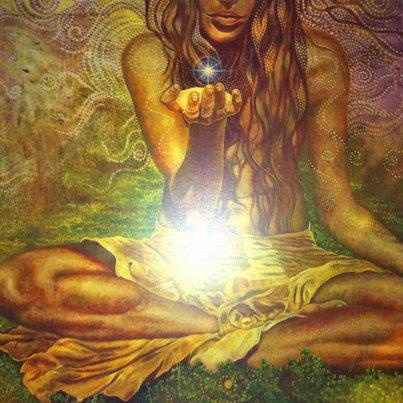What is tantra?
Although Tantra or Tantrism has been practiced for a long time across many Eastern cultures—especially within certain branches of Hinduism and Buddhism—it’s only now starting to blossom in Europe. Born in India over 6,000 years ago, Tantra originally emerged as a rebellion against organized religion, which at the time claimed that sexuality had to be denied in order to reach enlightenment.
But Tantra came to flip that idea completely. It proposed that sexual pleasure could actually be a doorway to the divine, and that earthly experiences—like eating, dancing, or expressing yourself creatively—were sacred acts. Tantric sexuality and tantric orgasms, in this view, are ways of connecting directly with the divine.
The word Tantra means “to manifest, to expand, to show, and to weave.” In this philosophy, sex is seen as a way to expand consciousness, blending the polarities of the masculine (represented by the Hindu god Shiva) and the feminine (embodied by the goddess Shakti) into one harmonious whole. It’s all about the balance between feminine and masculine energy. And from that view, there’s no separation between the divine and what it creates—there is only unity.
Now, Tantra has gained a bit of a reputation for helping people have better sex and deeper relaxation—and honestly, it’s true. But many folks in the so-called “serious” tantric world insist that real Tantrism is a strict spiritual path that governs every aspect of life. They say that tantra massage or tantric sex is just a tiny part of the whole tradition, and that if you’re gonna do it, you have to take the full package, not just the fun part.
Personally? I don’t agree with that.
